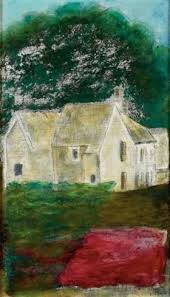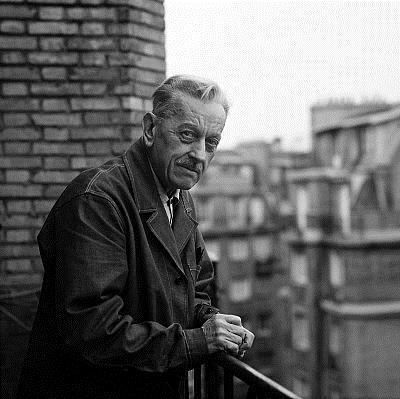
1891 - 1971
Josef Sima
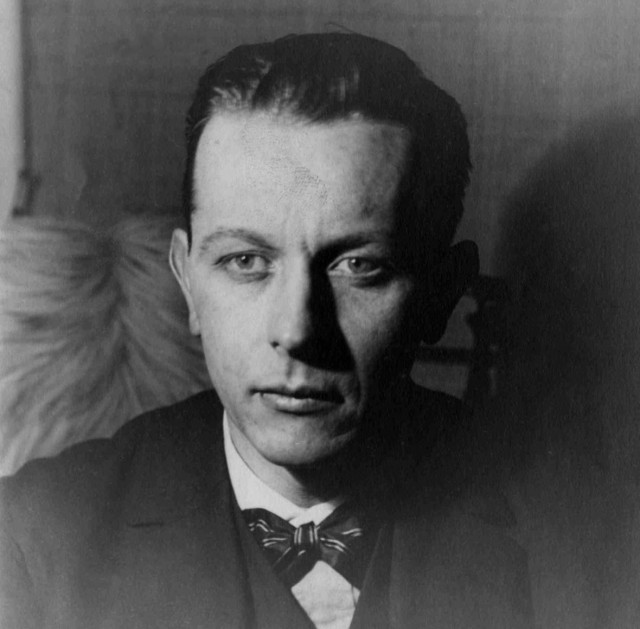
description
A Czech painter, graphic artist, illustrator, who became one of the most striking, original and significant representatives of early European Surrealism, and later, in the period after the Second World War, was a master of abstract landscape painting.
Josef Sima is equally referred to the Paris School of Surrealism, since he worked in France long time (around 50 years). At the same time, the artist always kept in touch with the Czech artistic community and was a member of art groups in his homeland.
After receiving a special and versatile education at the Prague High Technical School and the Academy of Fine Arts of the Czech capital, J.Sima became one of the founders of the Czech art group «Devestil»; after moving to Paris he participated in the activity of the Surrealist group «Grand Jeu» and became a co-founder and designer of a magazine with the same name.
The artist entered the history of the fine art as a talented illustrator of frequently reprinted collections of Czech and French poets, whom he kept in touch with.
Josef Sima became an important figure in modern European art, was awarded the title of the Officer of the Legion of Honor. The largest collection of his paintings is at the Paris Georges Pompidou Center and at the gallery of the Szech city of Brno. The artist’s works are highly valued at art auctions in Europe.
Key ideas:
– Sima’s works can be divided into two periods, not taking into account a short time of his enthusiasm for Cubism and Expressionism. The first one, which is characterized by lyrical imagination, a mystical vision of the world and events, was influenced by Surrealism and ended with the beginning of the Second World War. At the second stage, approximately since 1950, he created graceful landscapes using the synthesis of previous experiments and special symbols. These works are considered to be his best paintings.
– After studying at the Higher Technical School and the Prague Academy of Fine Arts, the artist investigated the avant-garde art in Paris. His theoretical debates with Piet Mondrian (especially about the “point without weight”) were of particular importance; they accelerated the process of liberating Sima’s art from Cubism.
– The works of Joseph Sime often include images of various symbols and elements that were important for him: an egg, a crystal and a tree. In 1930s, he created scenes on ancient themes that were uncharacteristic of the style and those times. Icarus, Theseus, Orpheus and Leda became heroes of those canvases. Perhaps, it was his reaction to the growing threat of fascism in Europe and the general oppressive political atmosphere. The artist returned to this theme also at the end of 1950s.
– Experts note the influence of the ideological quest of French artist and architect Le Corbusier on the art of Josef, and also its similarities with the tenets of Purism, which was developed by Amede Ozenfant.
– The artist was popular for his book illustrations in France and in his motherland. He found job thanks to the help of his first employer, a writer and the owner of a bookstore, Louise-Denise Germain. Basically, the artist worked on poetry collections.
– The best post-war paintings by the artist are his landscapes, such as “The Light of the Earth” (1968), full of light, permeated with poetry and uniqueness of spiritual and mental depth.
1891
1909
1910
1913
1918
1920
1920
1927
1929
1934
1959
1967
1971
The artist was born
He studied at the Prague School of Applied Art

Entered the Academy of Fine Arts

He continued his education at the Faculty of Civil Engineering in Brno

He was the representative and organizer of the activities of the Art Club of Ales in Brno
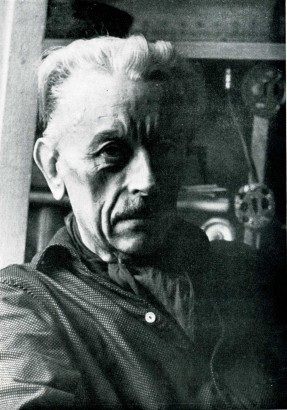
Worked at the Technical University of Brno
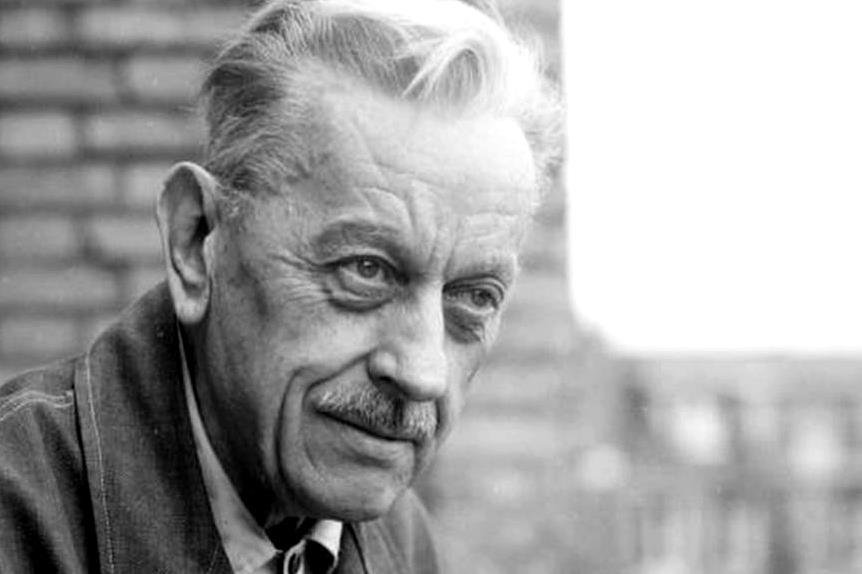
The artist married Frenchwoman Nadine

«Le Grand Jeu»
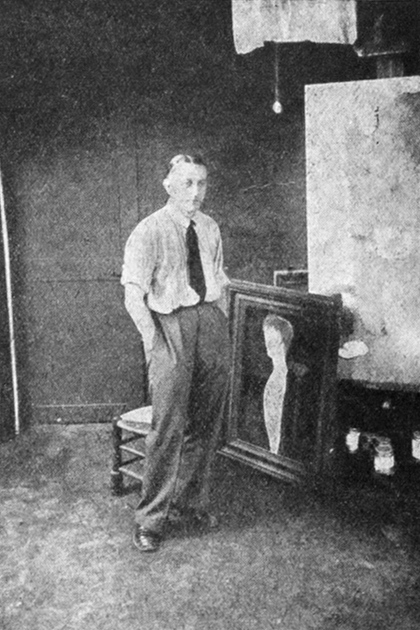
Held his first exhibition at the Povolozky gallery in Paris
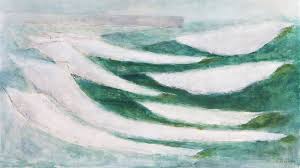
He became the curator of the permanent exhibitions of Art Tchécoslovaque at the Paris Gallery La Boëtie
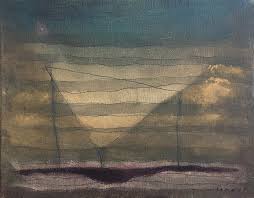
He was invited to participate in the prestigious Documenta II Festival of Painting, Graphics and Sculpture
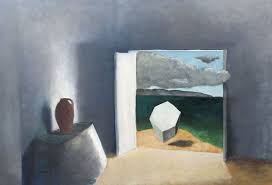
The master was awarded the title of the officer of the Order of the Legion of Honor in the field of arts
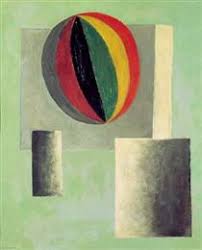
The artist died
